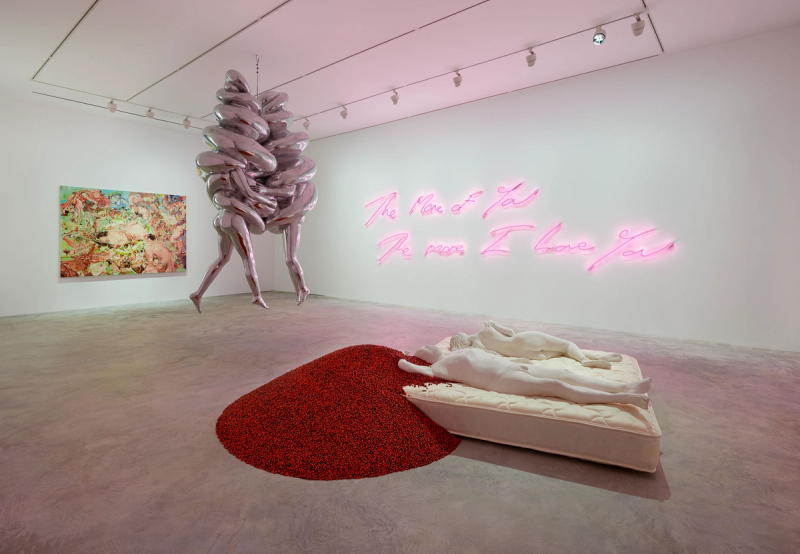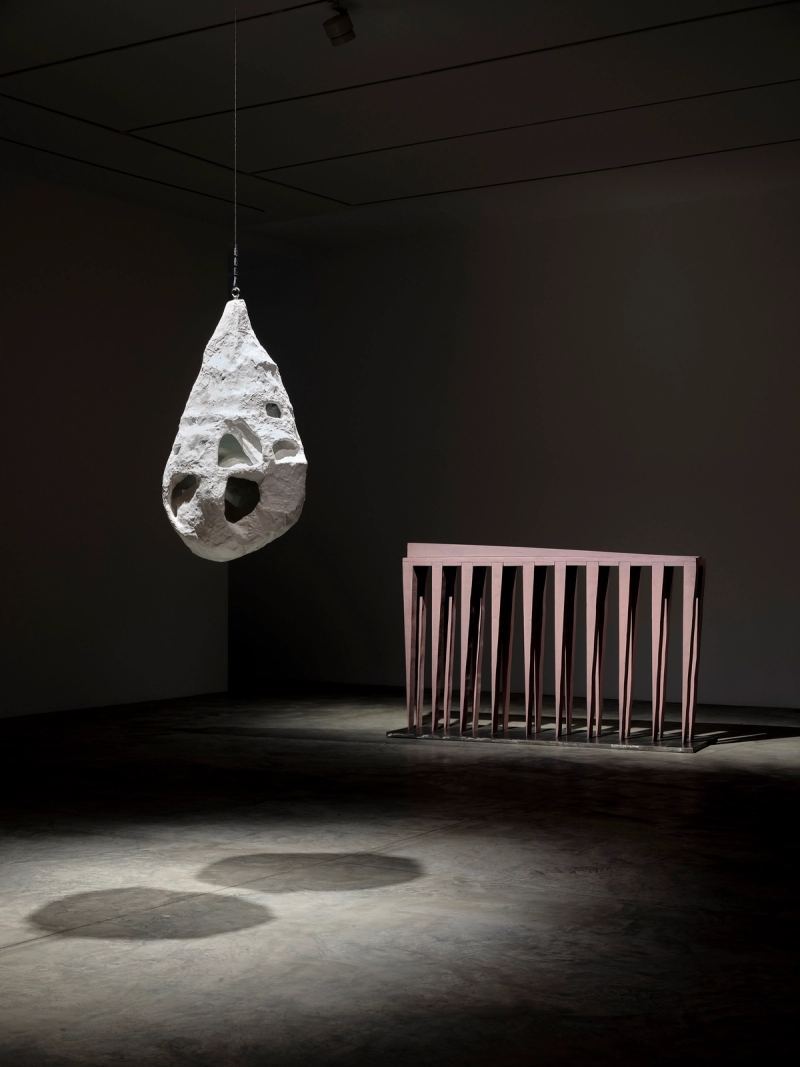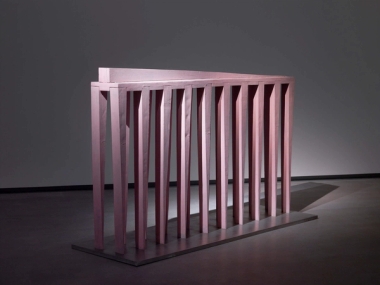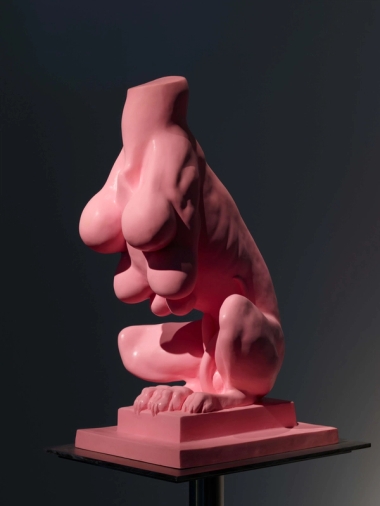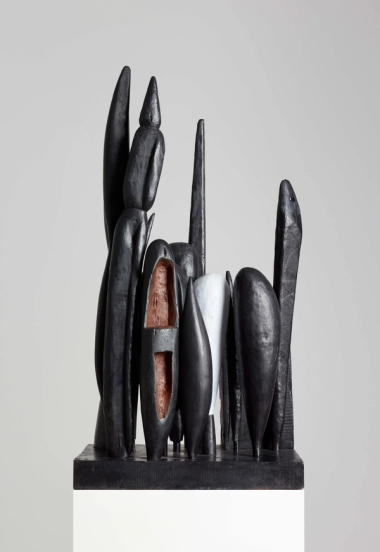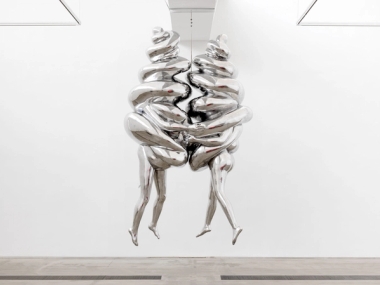Louise Bourgeois

Louise Bourgeois in New York, 2007. Photo by Dimitris Yeros
French artist Louise Bourgeois (1911-2010) moved to New York in 1938, where she lived and worked for the rest of her life. Although she is best known for her large-scale sculpture and installation art, Bourgeois was also a prolific painter and printmaker. She explored a variety of themes over the course of her long career including domesticity and the family, sexuality and the body, as well as death and the unconscious. These themes connect to events from her childhood which she considered to be a therapeutic process. Although Bourgeois exhibited with the Abstract Expressionists and her work has much in common with Surrealism and Feminist art, she was not formally affiliated with a particular artistic movement.
Bourgeois has explored the concept of femininity through challenging the patriarchal standards and making artwork about motherhood rather than showing women as muses or ideals. She has been described as the 'reluctant hero of feminist art'. Louise Bourgeois had a feminist approach to her work similar to fellow artists such as Agnes Martin and Eva Hesse, less driven by the political but rather made work that drew on their experiences of gender and sexuality, naturally engaging with women's issues.
